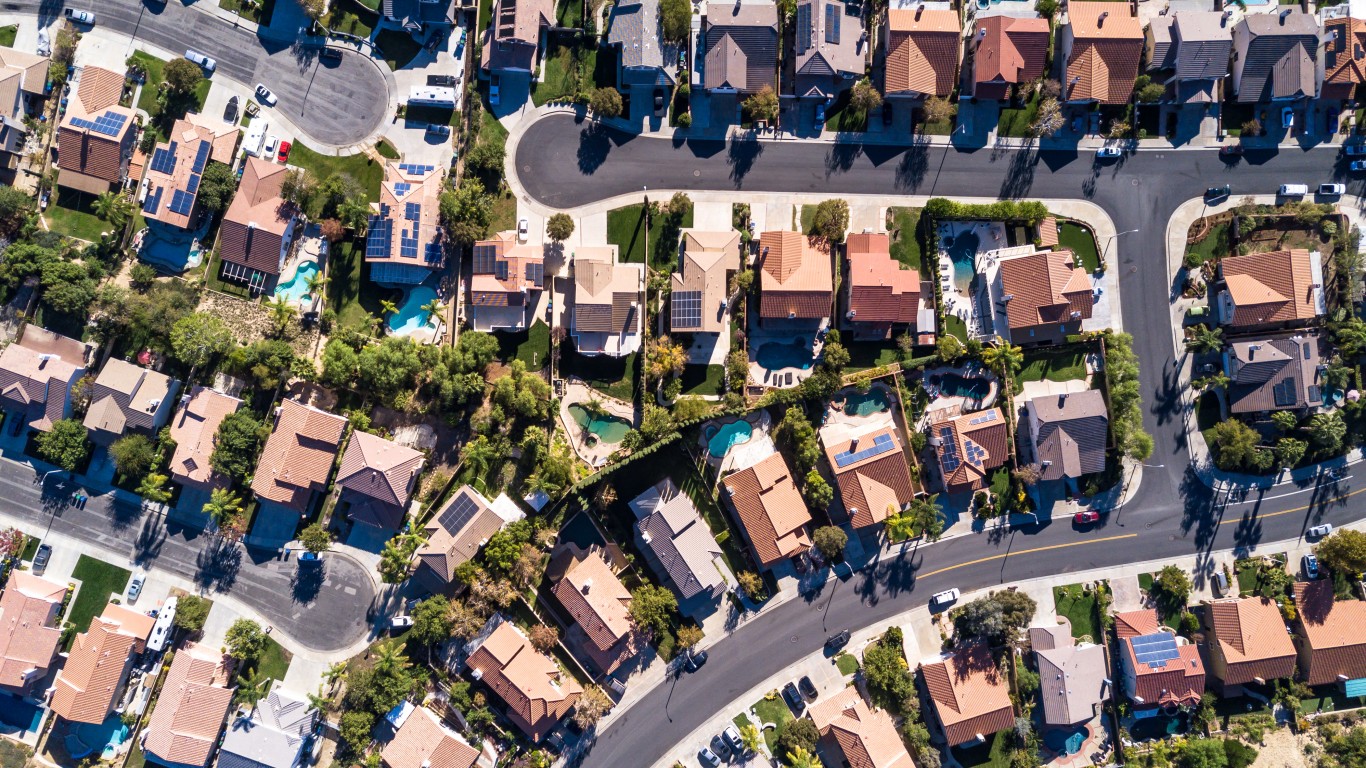
The Joint Center for Housing Studies (JCHS) at Harvard University on Wednesday released its 2016 report on The State of the Nation’s Housing. Calling the housing sector “an engine of growth,” the study found that the need to replace old housing and to meet demand for vacation homes and other units, new housing construction should average “at least” 1.6 million units annually for the next decade.
New home building faces some headwinds however. Tighter lending rules are one serious issue. Mortgage lenders have made essentially no loans to potential buyers with subprime credit scores (below 620) and have cut back sharply on loans to applicants with credit scores in the range of 620 to 660.
Another headwind is stagnant income levels. Real incomes among 25- to 34-year-old Americans have declined by 18% between 2000 and 2014 and 9% among 35- to 44-year-olds.
Accumulated student loan debt also plays a role. The study noted that among adults aged 20 to 39, average student loan debt has jumped from $17,000 in 2001 to $30,000 in 2013, and that the percentage of potential U.S. home buyers with student loan debt has risen from 22% to 39%.
The study cited a survey showing that homeownership remains a goal for 89% of Americans under the age of 30 and more than 80% of people in all other age groups.
The study’s authors remain hopeful however:
In short, the near-term direction of the US homeownership rate will depend more on whether households can finance their purchases than whether they have the desire to own. Over the next few years, homeownership will continue to face the headwinds created by a backlog of homes in foreclosure, tight credit, weak income growth, and impaired credit histories. But as these pressures ease, there is every reason to expect homeownership rates to show some increase.
Over the past 10 years, the number of renters has increased by 9 million, the largest 10-year gain ever, according to the JCHS study, and rental vacancy rates fell to just 7.1% at the end of 2015. Demand for rental housing has lifted rents to a median price of $1,381 a month for new apartments, a level the authors say is “well out of range for the typical renter earning $35,000 a year.”
Among the lowest income renters the housing situation is especially precarious. As of 2013 there were 18.5 million renters in this group, up by 2.7 million since 2007. Government-supported rental assistance, however, fell by 159,000. The study noted:
Only one in four income-eligible renters receives assistance of any kind, leaving millions to try to find housing they can afford in the private market. But units affordable to lowest-income households are often already occupied by higher-income households. … [T]he need for more affordable rental housing is urgent. The record number of renters paying more than half their incomes for housing underscores the growing gap between market-rate costs and the rents that millions of households can afford.
The full JCHS study is available here.
Thank you for reading! Have some feedback for us?
Contact the 24/7 Wall St. editorial team.


